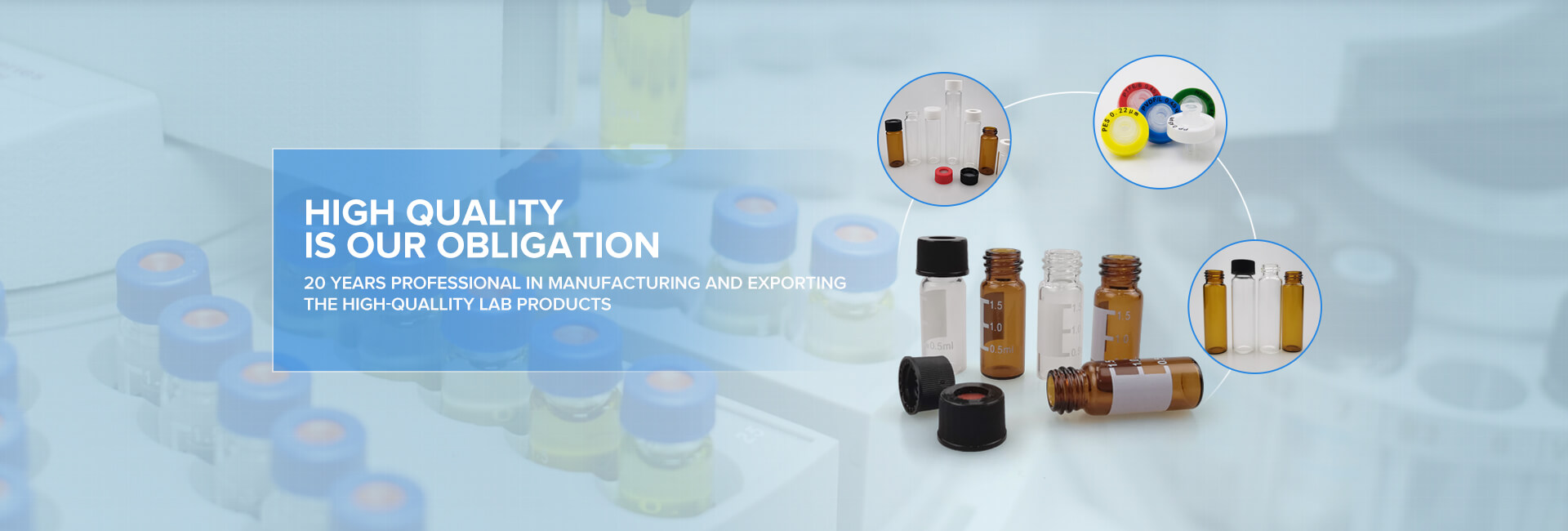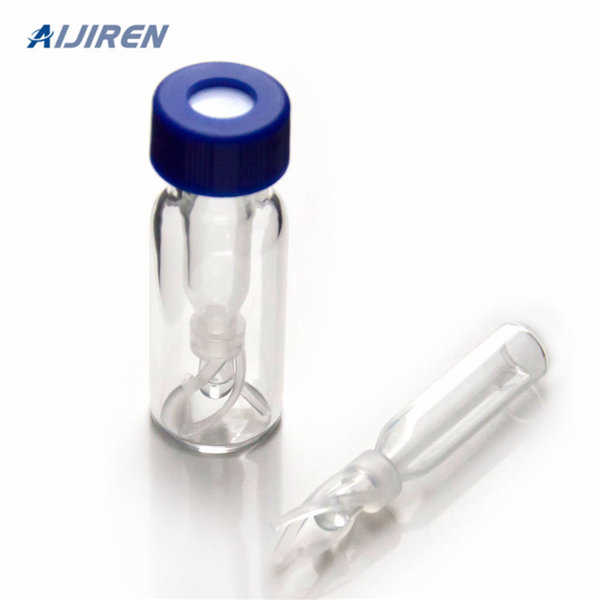


Vials and Closures Thermo Scientifi c Chromatography Columns and Consumables 2014-2015 2-058 We use only the highest-quality glass to manufacture vials and inserts. Clear and Amber glass tubes have been selected for their consistent composition, dimensional stability and cleanliness. The vast majority of chemical

top glass vials (2714S22, S23, S61) Vials accommodate a variety of autosamplers originally designed for narrow neck vials. Use with 8-425 screw caps. 2 mL deactivated 8-425 screw top glass vials (2714S24, S25) Vials undergo a deactivation process to eliminate sample interactions.

Pressing – The glass is formed by the use of mechanical force which presses or forces the molten glass against the ride of a mold. Casting –the force of gravity or centrifugal force is used to initiate the formation of molten glass in the cavity. How Glass containers are made a. How glass bottles are made

Bottles typically have an opening that is smaller in diameter than the rest of the container. Bottles are available in specific shapes, like Boston rounds, packers, square, media, and other specialty styles. Bottles may be made from glass (clear or amber), natural or colored plastics, plastic-coated glass, and sometimes metal.

Maurice Sample Vials with Integrated inserts, 0.2 mL Vials with integrated inserts for samples, accomodates 200 µL sample volume. 100/pk. For use with Maurice, Maurice S., and Maurice C. systems only. 046-572: Maurice CE-SDS Orange Pressure Caps Pressure screw tops with O-ring for glass vials (046-017), 12/pk. For use with CE-SDS application

VWR® AUTOSAMPLER VIALS, INSERTS, AND CLOSURES 4 VWR® Autosampler Vials, Inserts, and Closures | vwr.com | 800 932 5000 VWR® 8mm STANDARD OPENING SCREW-THREAD VIALS 2mL, 12X32mm, 8mm STANDARD OPENING SCREW-THREAD VIALS AND INSERTS Ҟ 8-425 thread finish Ҟ Vials feature a write-on patch with graduation for convenient sample identification

We stock roll on glass bottles, jars, tinctures, glass jars with lids, small vials, frosted glass bottles, amber glass bottles, clear glass, spray bottles and so much more! You can use our small glass bottles to put in your own cleaning solutions, essential oil samples, essential oil blends, mouthwash etc.

Aijiren clear glass and polypropylene inserts and high recovery vials ensure you extract the maximum possible amount of your precious sample. They are the perfect fit for HPLC and GC instrument platforms across a wide variety of applications, including pharmaceutical, environmental, energy and fuels, forensics, materials science, biopharmaceutical, proteomics, and metabolomics.

Min. sample vol Max. sample vol Usage Assembled plastic spring Type; 220-97331-62: 30 uL: 200 ul: ND9 wide opening vials Conical: 220-97331-63: 30 uL: 200 ul: ND9 wide opening vials Silanized Glass Conical. 220-97331-64: 30 uL: 200 ul: ND9 wide opening vials Polypropylene Conical

We mainly used either silanized glassware or polypropylene (because it is relatively inert) when we could not use glass. Vials and the inserts are usually glass (and cap liners are teflon), but if

Waters also offers a selection of glass sample vials and plastic sample vials that fit most manufacturers’ instruments. Two of the most popular uses are as HPLC vials and GC vials. These chromatography vials can be used as sample storage vials by adding a solid caps with liner.

50 pack 1 ml 1/4 Dram Mini Amber Glass Essential Oils Sample Bottles with Black Caps for Essential Oils,Chemistry Lab Chemicals,Colognes & Perfumes.3 plastic droppers as gift. 4.6 out of 5 stars 692 $13.99 $ 13 . 99 ($13.99/Count)

Glass Bottles and Containers. Glassware is the most common family of lab supplies. Glass Bottles and containers provide the best sample integrity. Glass is inert and thus more chemically compatible than plastic, so the only concern about the chemical resistance of lab glassware is the type of liner inside the cap.

Our portfolio consists of GC vials and LC vials, GC caps and LC caps, and GC septa and LC septa. Through our biological line, we offer glass and plastic vials for optimal measurement of samples by liquid scintillation counting. Our glass vials are chemically-inert, making them suitable for use with aggressive reagents and solubilizers.

In addition to our products made of amber and clear glass, we also produce coloured pharma glass and opaque opal glass. Our product range includes all the common mouth shapes in capacities from 2 to 4,000 ml and we can print or acid-etch our glass products on request. Besides our standard products we also develop custom glass packaging.